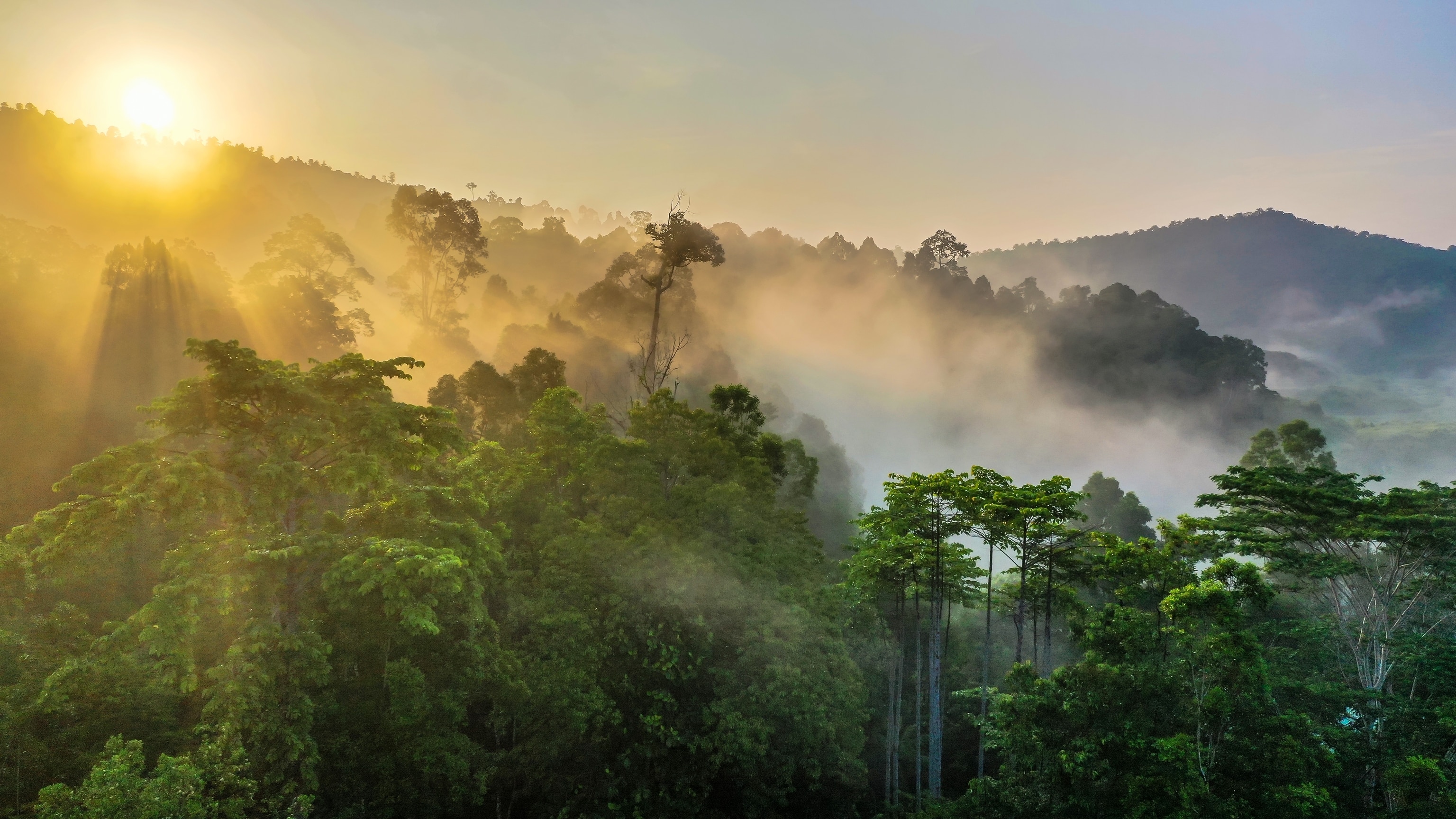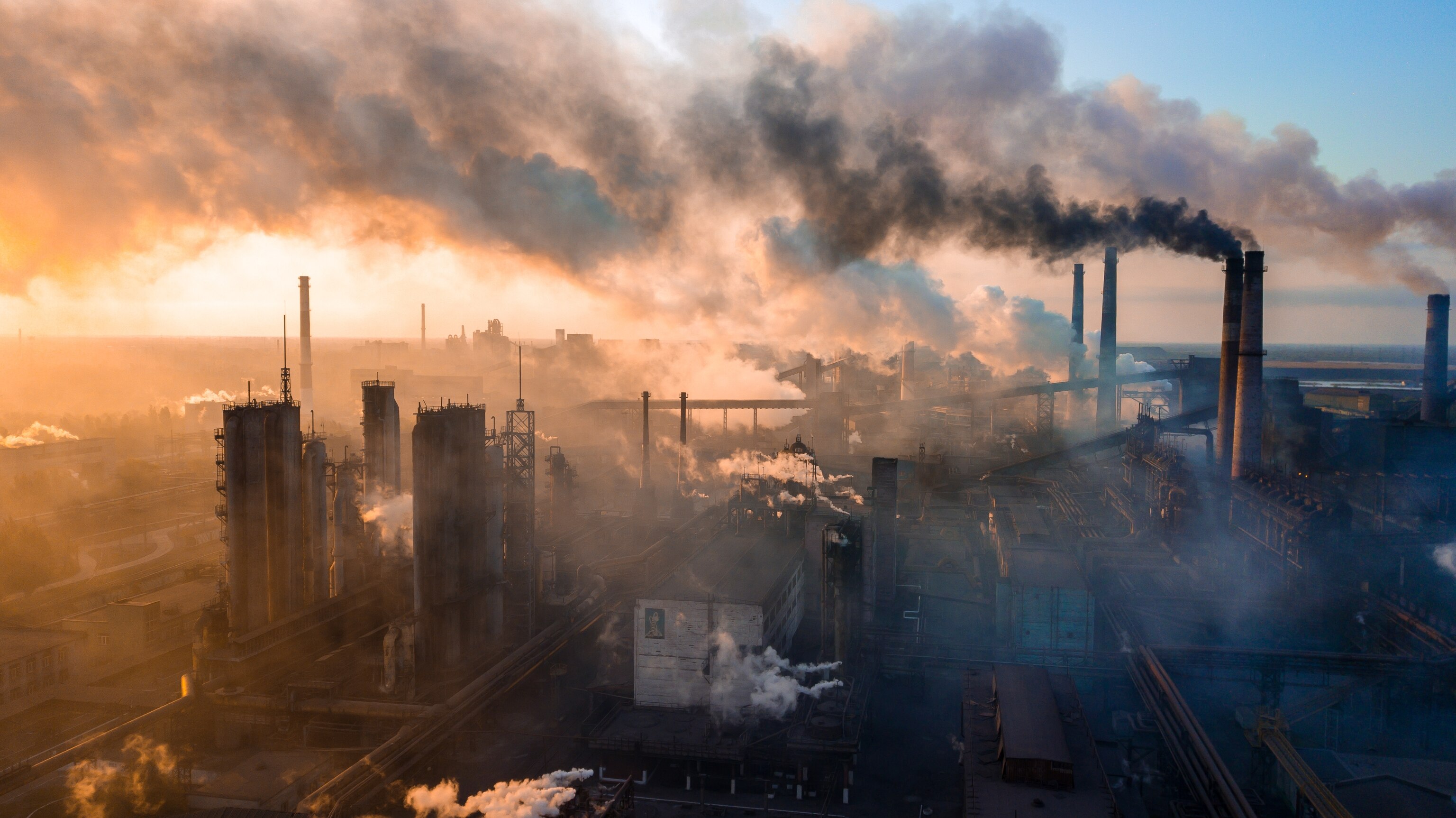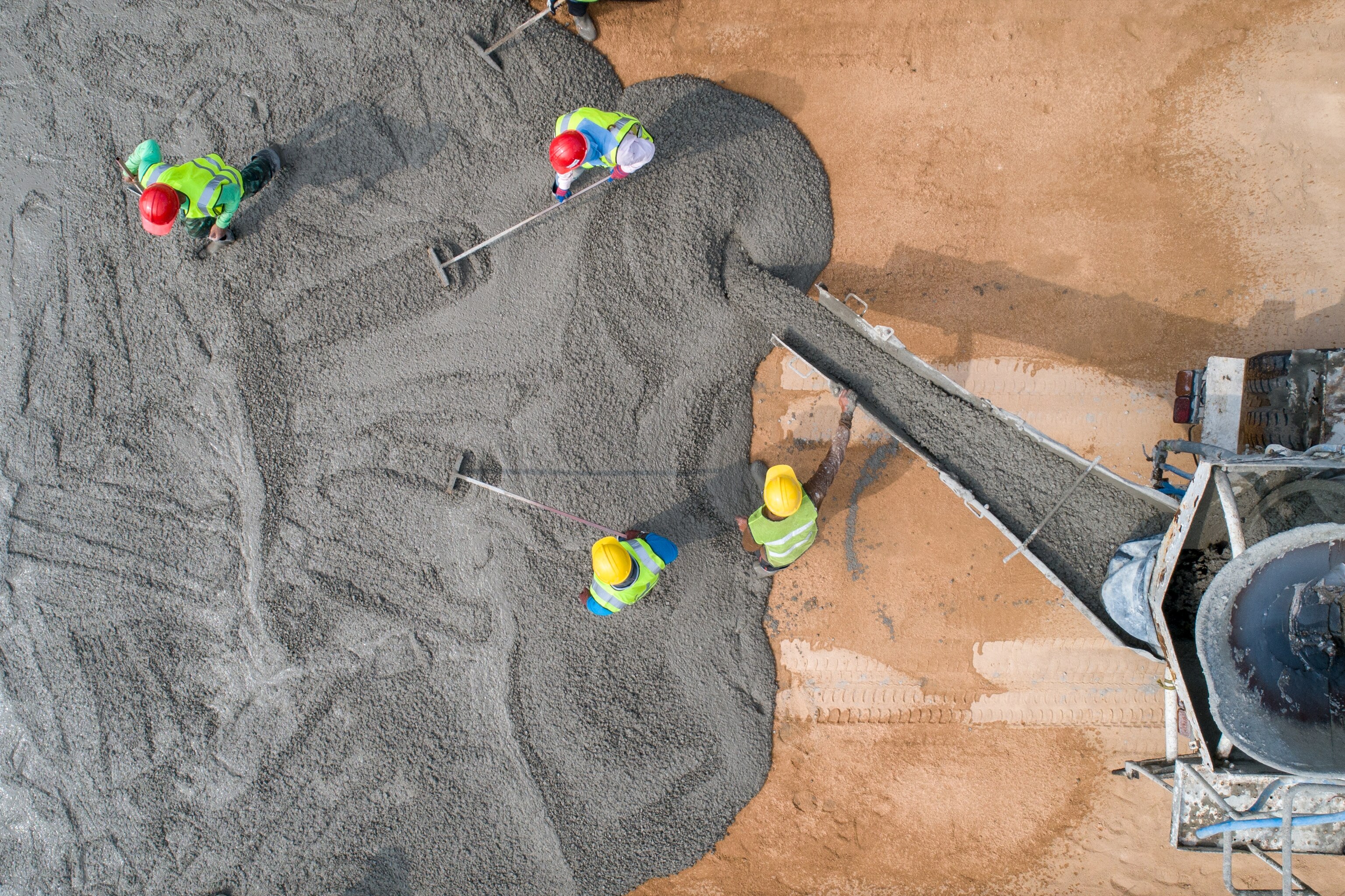
Forward, for a brighter future
The last century or so has seen substantial human impact on the planet. What does a better future look like, and what challenges must we overcome to reach it?
We’re facing a new normal. 2019’s end saw the emergence of a mysterious respiratory illness that exploded into the most severe global pandemic since the 1918 influenza outbreak. COVID-19 has reshaped the world, and while it won’t beat us, it has changed the way we think about the future. As humanity treads the road to recovery, we have to wonder…what could a better future look like? And what do we have to do to see it?
COVID-19 won’t pose an existential threat to humans, thanks to science and a record-breaking, high-speed development of effective vaccines. But there are still plenty of challenges that have the potential to affect each and every one of us, and some experts believe that our actions over the next 50 years will determine our survival through the next 10,000. Emerging from the COVID-19 pandemic represents a bit of a factory reset in more ways than one: we’re at a pivotal moment—some might even call it a last chance—to do something about what is considered to be the single greatest threat to our future on this planet: climate change.

World-renowned naturalist David Attenborough calls climate change “the biggest threat to security that modern humans have ever faced”―many scientists and other experts agree with him. The challenge is global, and there’s no running from it: the 2020s are the decade in which we need to cut emissions by at least 45 percent to limit an overall global temperature increase to 1.5⁰ Celsius. Right now we are on track for a temperature increase over 3⁰ Celsius―more than double this critical number. The implications are catastrophic: mass extinctions, severe weather events, and food and freshwater insecurity. Coastal cities like Shanghai and Miami would cease to exist―simply swallowed up by rising seas. Events like this displace millions, crumble critical infrastructure, and exacerbate issues like hunger and inequality.
It all sounds very bleak, but it’s important to remember that these risks can be mitigated if we work together to act on climate change and its impacts. We’re already well on the way as more businesses, nations, and individuals seek to reduce carbon emissions and turn to renewable sources of energy per the Paris Agreement framework.
When it comes to transitioning from fossil fuels though, money does a lot of the talking. As economies begin to bounce back from the pandemic, more people are realizing the importance of investing in greener alternatives. As Anne Simpson, Managing Investment Director of Board Governance and Sustainability for the largest public pension fund in the U.S., the California Public Employees’ Retirement System (CalPERS), puts it, “The economic logic behind sustainability is what’s driving investors in this direction.” She believes that a business cannot function without a healthy ecosystem.
For a growing number of investors, climate change and sustainability top the list when it comes to responsible places to put their assets. So called “investor activism” makes good business sense, especially now that prices of renewable energy technologies are plunging. New advances are also set to save environmental―as well as financial―costs. After water, concrete is the most widely used substance in the world. It underpins our construction industries, but also creates so much Co2 during production that, if concrete were a country, it would trail only China and the U.S. in emissions. Now, researchers from Worcester Polytechnic Institute in Massachusetts are using enzymes in human red blood cells to develop a “self-healing” concrete that repairs tiny cracks as soon as they appear. This reduces the need for replacement concrete and lowers the hefty tab that businesses―and the planet―have picked up in the past.

Fiscal sense aside, climate change and the widening inequality it creates call for more accountability from governments, companies, and individuals to ensure that the future is still a good place to live. Insurer and investor Allianz has taken sustainability to heart by incorporating positive long-term impacts for people and the planet directly into their business. Through expertise and strength, Allianz is making a solid contribution to the 1.5 degree temperature increase limit outlined in the Paris Agreement. With a clear purpose of securing a thriving future for humanity by supporting sustainability, protecting the environment, and building social equity, the global company is committed to guiding the principles referred to as ESG (environment, social, and governance).
Allianz’s own investments are guided by these principles, and bring about tangible benefits that go beyond revenue, such as moving capital away from fossil fuels and banned weapons and financing green infrastructure. Allianz also works to help emerging and rural communities negate the effects of climate change through affordable, specialized protection that provides financial security against crop, infrastructure, and property loss from extreme weather events.
The youth will inherit the earth, and Allianz is helping the next generation become self-reliant through various community programs across the world. The overall aim is to strengthen vulnerable communities to become more resilient against environmental and social threats. Another focus is on breaking down barriers for people with disabilities and working toward a more inclusive society. The company has also drastically reduced its own carbon footprint, achieving a 62 percent reduction in emissions―an achievement boosted through a range of approaches, including reducing business travel, increasing renewables, and creating green office buildings.
It’s a simple fact that money makes the world go round, but making sure that our world remains a habitable place to live is a responsibility that falls on everyone’s shoulders, especially those able to distribute wealth to the places where it can do good. In a recent video address to the U.N. Security Council, David Attenborough implored wealthy nations to place a value on nature that goes “far beyond money,” adding that climate change “can only be dealt with through unparalleled levels of global cooperation.” Essentially, if we can create a stable, healthy world where resources are abundant and more equally shared, we’ll have finally secured our future.